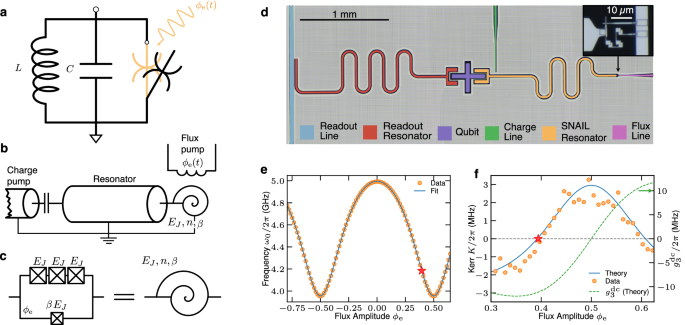2024-06-17 カーディフ大学
<関連情報>
- https://www.cardiff.ac.uk/news/view/2822026-forever-chemicals-found-in-english-otters
- https://pubs.acs.org/doi/10.1021/acs.est.3c09405
- https://pubs.acs.org/doi/full/10.1021/acs.est.1c05410
ユーラシアカワウソ(Lutra lutra)が明らかにしたPTFE生産現場におけるPFOA汚染の持続性と英国淡水域における代替PFASの存在 Persistence of PFOA Pollution at a PTFE Production Site and Occurrence of Replacement PFASs in English Freshwaters Revealed by Sentinel Species, the Eurasian Otter (Lutra lutra)
Emily O’Rourke, Sara Losada, Jonathan L. Barber, Graham Scholey, Isobel Bain, M. Glória Pereira, Frank Hailer, and Elizabeth A. Chadwick
Environmental Science & Technology Published:May 27, 2024
DOI:https://doi.org/10.1021/acs.est.3c09405
Abstract

Concentrations of 33 PFASs were determined in 20 Eurasian otters, sampled 2015–2019, along a transect away from a factory, which used PFOA in PTFE manufacture. Despite cessation of usage in 2012, PFOA concentrations remained high near the factory (>298 μg/kg ww <20 km from factory) and declined with increasing distance (<57 μg/kg ww >150 km away). Long-chain legacy PFASs dominated the Σ33PFAS profile, particularly PFOS, PFOA, PFDA, and PFNA. Replacement compounds, PFECHS, F-53B, PFBSA, PFBS, PFHpA, and 8:2 FTS, were detected in ≥19 otters, this being the first report of PFBSA and PFECHS in the species. Concentrations of replacement PFASs were generally lower than legacy compounds (max: 70.3 μg/kg ww and 4,640 μg/kg ww, respectively). Our study underscores the utility of otters as sentinels for evaluating mitigation success and highlights the value of continued monitoring to provide insights into the longevity of spatial associations with historic sources. Lower concentrations of replacement, than legacy, PFASs likely reflect their lower bioaccumulation potential, and more recent introduction. Continued PFAS use will inevitably lead to increased environmental and human exposure if not controlled. Further research is needed on fate, toxicity, and bioaccumulation of replacement compounds.
イングランドとウェールズのカワウソ(Lutra lutra)におけるパーフルオロアルキル物質濃度変動の人為的要因 Anthropogenic Drivers of Variation in Concentrations of Perfluoroalkyl Substances in Otters (Lutra lutra) from England and Wales
Emily O’Rourke, Juliet Hynes, Sara Losada, Jonathan L. Barber, M. Glória Pereira, Eleanor F. Kean, Frank Hailer, and Elizabeth A. Chadwick
Environmental Science & Technology Published:January 11, 2022
DOI:https://doi.org/10.1021/acs.est.1c05410
Abstract

Per- and polyfluoroalkyl substances (PFASs) are ubiquitous environmental contaminants that have been linked to adverse health effects in wildlife and humans. Here, we report the presence of PFASs in Eurasian otters (Lutra lutra) in England and Wales and their association with anthropogenic sources. The following 15 compounds were analyzed: 10 perfluoroalkyl carboxylic acids (PFCAs), 4 perfluoroalkyl sulfonic acids (PFSAs), and perfluorooctane sulfonamide, in livers of 50 otters which died between 2007 and 2009. PFASs were detected in all otters analyzed, with 12/15 compounds detected in ≥80% of otters. Perfluorooctane sulfonate (PFOS) accounted for 75% of the ΣPFAS profile, with a maximum concentration of 6800 μg/kg wet weight (ww). Long-chain (≥C8) PFCAs accounted for 99.9% of the ΣPFCA profile, with perfluorodecanoic acid and perfluorononanoic acid having the highest maxima (369 μg/kg ww and 170 μg/kg ww, respectively). Perfluorooctanoic acid (PFOA) concentrations were negatively associated with the distance from a factory that used PFOA in polytetrafluoroethylene manufacture. Most PFAS concentrations in otters were positively associated with load entering wastewater treatment works (WWTW) and with arable land, suggesting that WWTW effluent and sewage sludge-amended soils are significant pathways of PFASs into freshwaters. Our results reveal the widespread pollution of British freshwaters with PFASs and demonstrate the utility of otters as effective sentinels for spatial variation in PFAS concentrations.



